Dossier
Île-de-France Mobilités:
mobility for all
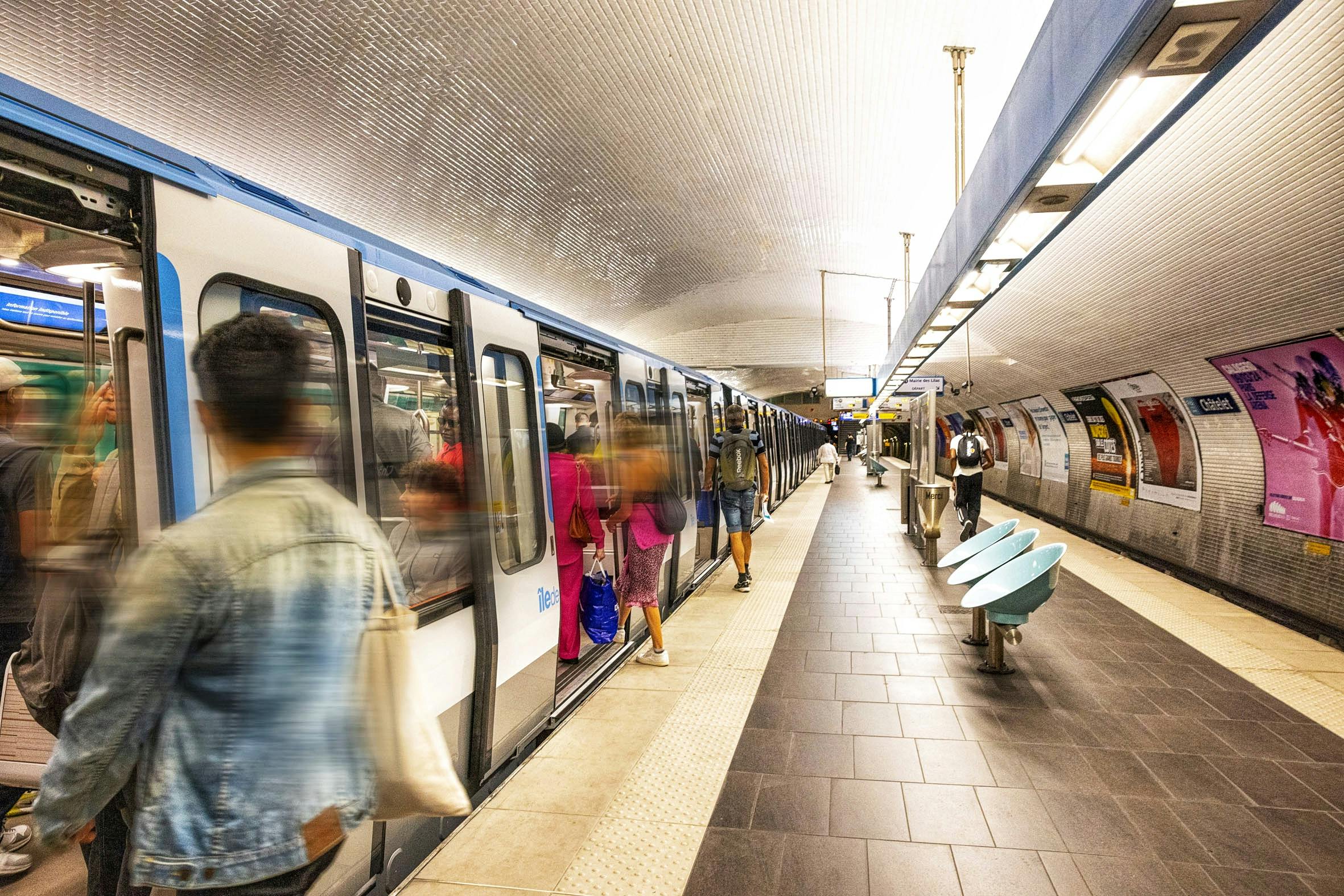
Île-de-France Mobilités : public transport everywhere, for everyone
Wherever they are in the Paris region, whatever their capabilities or financial resources, Île-de-France Mobilités, as a public service provider, guarantees all Paris region residents a range of solutions and access to transport, because everyone must be able to move freely.

Shaping the future of mobility in the Paris Region
One of the key missions of Île-de-France Mobilités? Imagining and implementing the future of mobility in the Paris Region. Our aim is to achieve carbon neutrality for the capital region by 2050.
In practical terms, Île-de-France Mobilités works on a daily basis to encourage everyone in the Paris Region to choose sustainable mobility solutions, by offering:
- renewed or new public transport that is more comfortable, reliable and efficient
- an accessible network, providing ever greater coverage of the region - from rural areas to the heart of Paris
- intermodal solutions to enable all residents of the Paris region to find the journey that suits them best, day after day
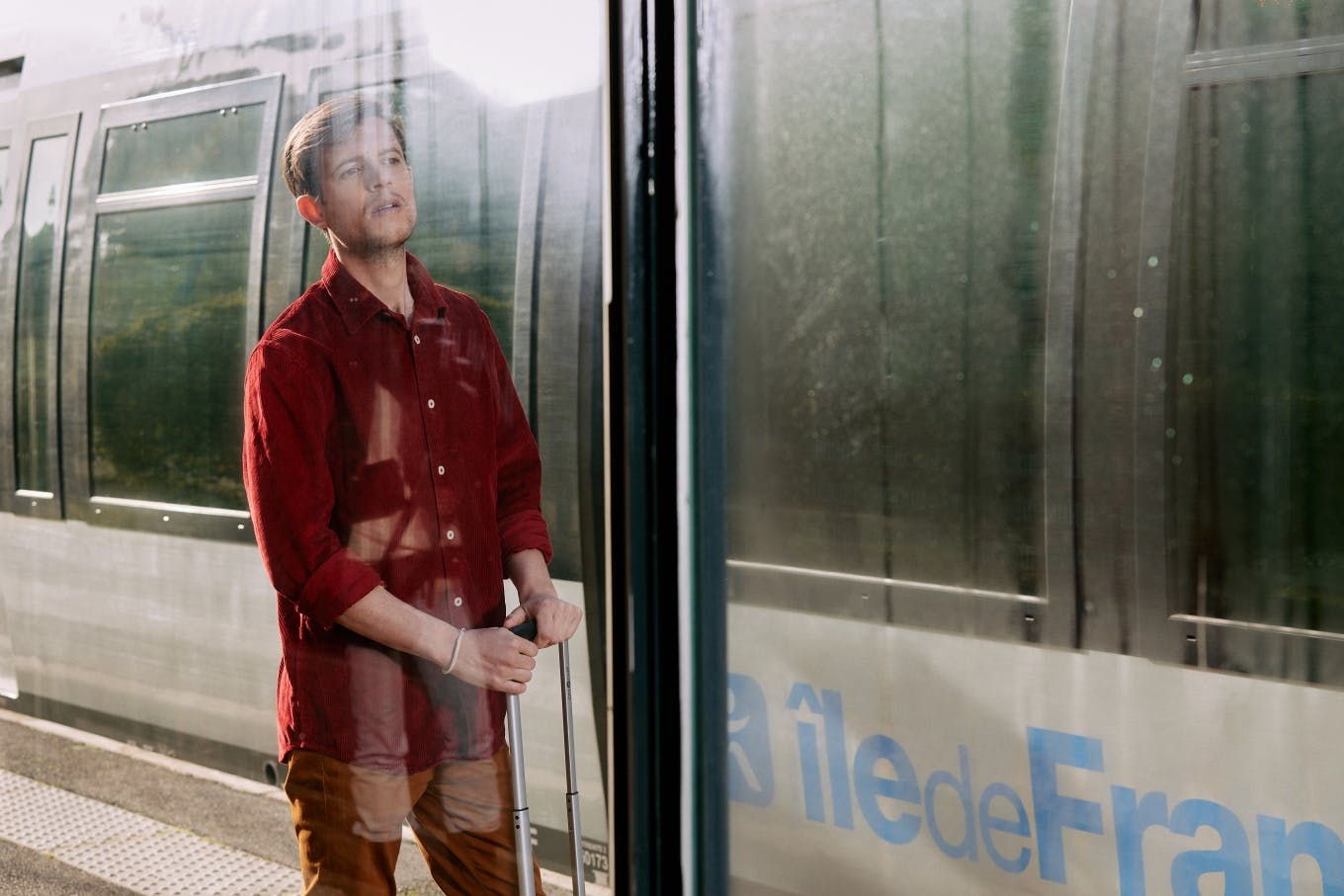
There are multiple levers to achieve carbon-free mobility in the Paris region:
- reduce greenhouse gas emissions
- improve air quality
- improve road safety
- increase the use of public transport
- develop cycling

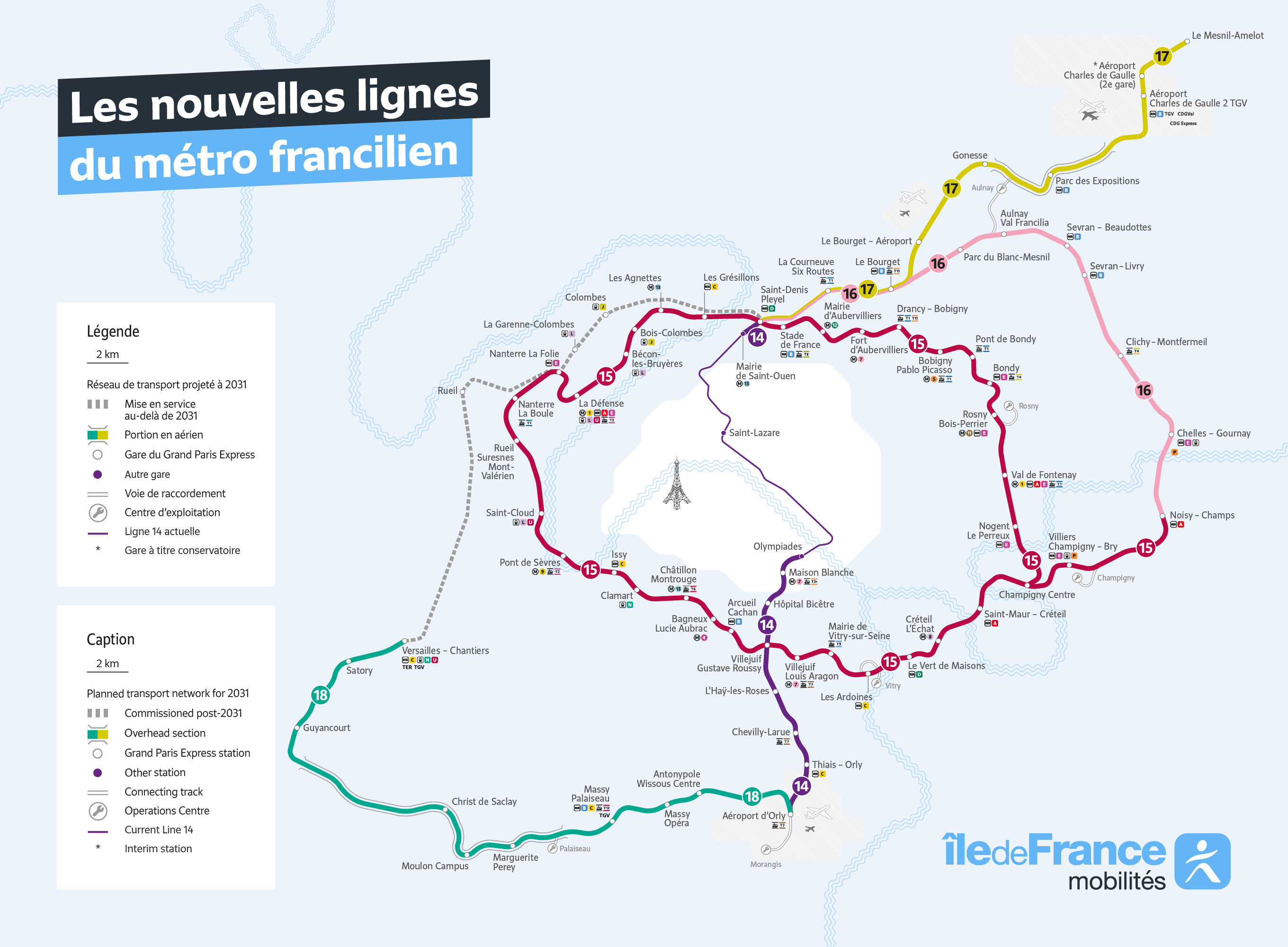
Connecting Paris region residents, beyond Paris
By 2030, the new metro lines 15, 16, 17 and 18 will connect Paris region residents from suburb to suburb, without them having to travel through Paris.
By 2030, the Paris region will have doubled the size of its metro network!
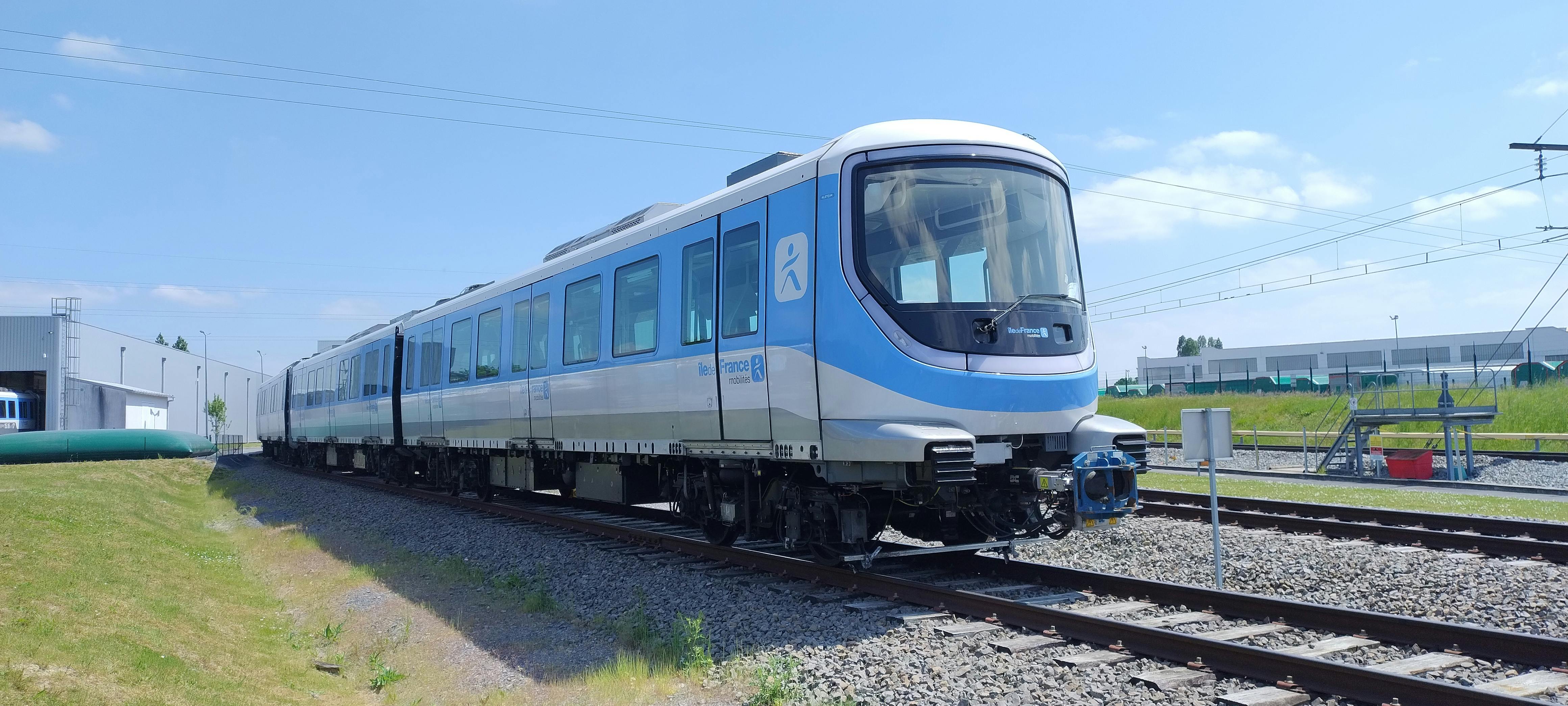
A look at the future metro Line 15
The metro train that will run on the future Line 15 had its first outing on 28 November 2023. This was the first step to dynamic testing in the summer of 2024, before the line comes into service at the end of 2025.
Line 15: moving quickly across the suburbs without going through Paris
By forming a 75-kilometre ring around Paris, linked to the rest of the network via numerous connections in four departments, the different sections of Line 15 will radically reduce daily transport times in the inner and outer suburbs, by avoiding the need to make connections in Paris and move from suburb to suburb.
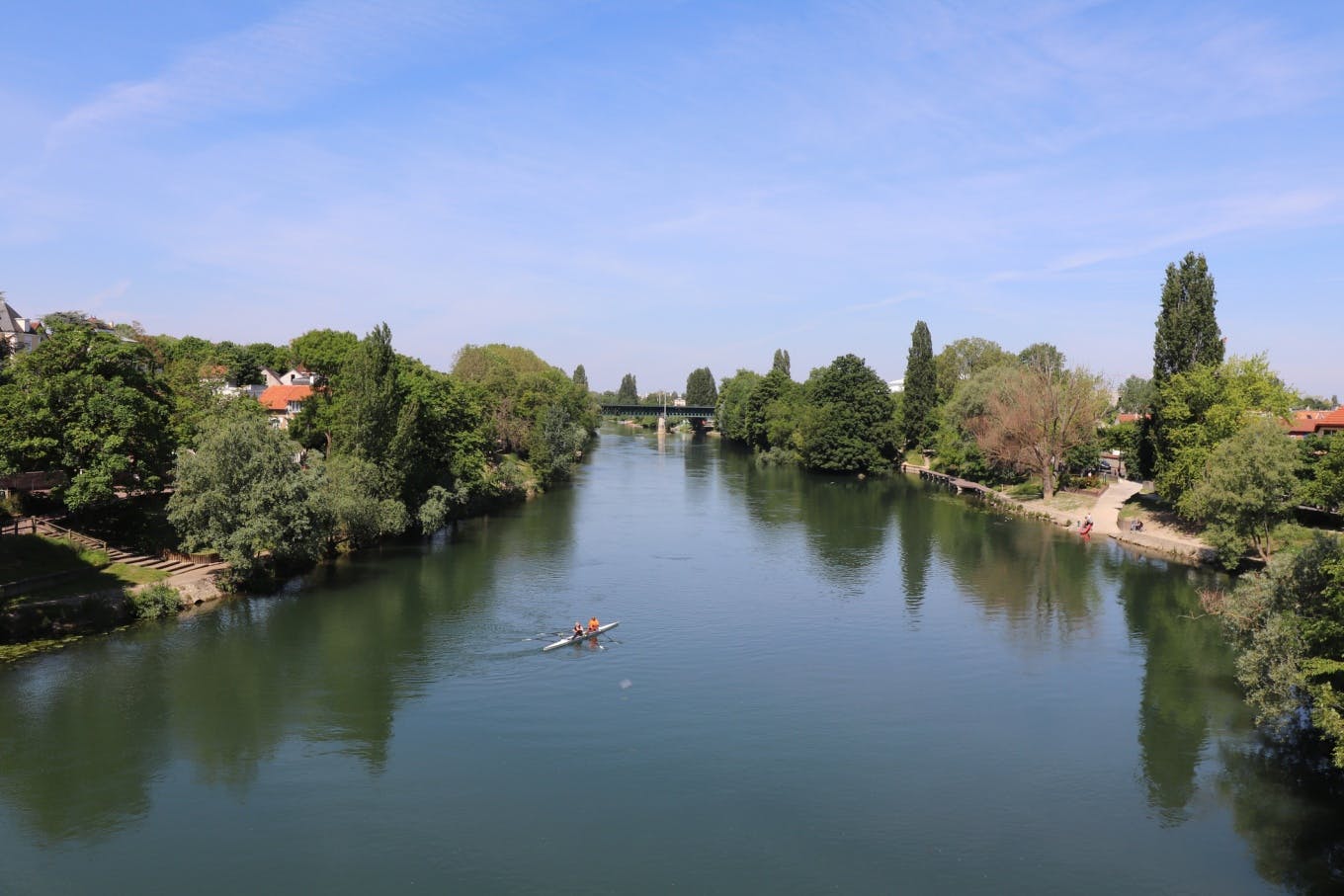
Metro 15, a gradual entry into service
The future metro Line 15 is divided into three sections which will enter service gradually:
- At the end of 2025 the southern section which will connect Pont de Sèvres to Noisy Champ
- By 2030 the eastern section will connect Champigny Centre and Saint-Denis Pleyel, and the western section will connect Pont de Sèvres and Saint-Denis Pleyel.
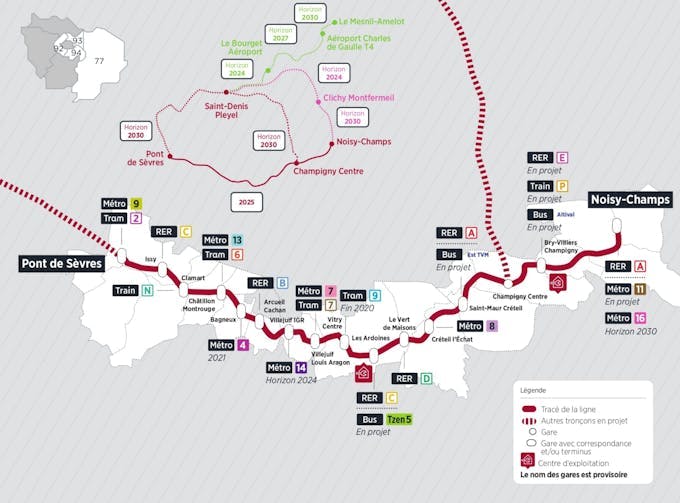
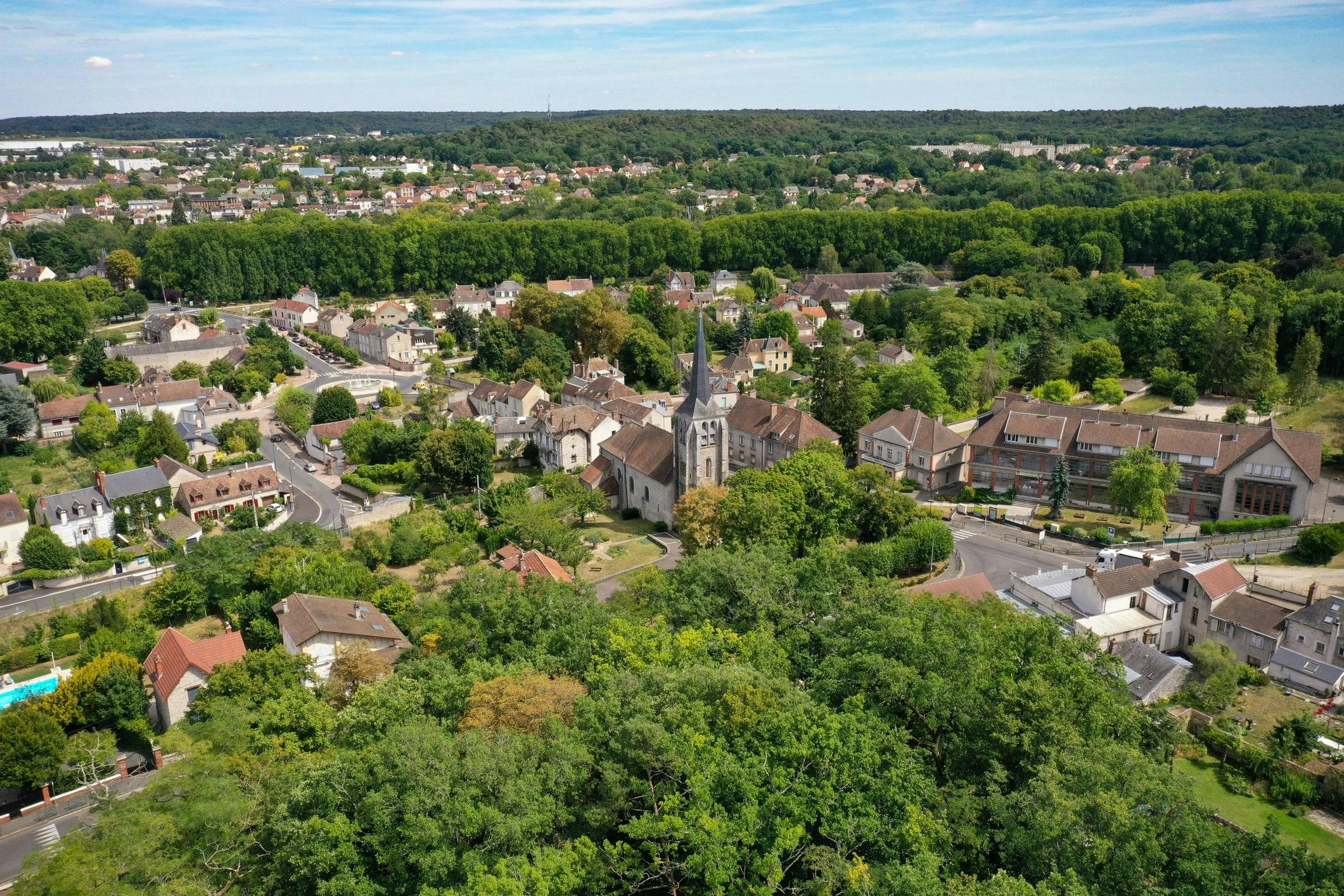
Access to transport, including in the outer suburbs
To meet the demand for mobility solutions from those who today live far from existing transport, in less dense areas of the region, Île-de-France Mobilités is developing specific solutions such as Transport on Demand and Express Coaches.
Transport on Demand
A complement to the existing transport network, Transport on Demand is available in areas where traditional public transport by bus or coach is not suitable. It allows residents to get to a station or a bus route, or facilities such as hospitals, shopping centres, cultural and leisure centres.
It is organized in two ways:
On a virtual route. As on a classic bus route, the Transport on Demand service has a defined route and stops. The bus only leaves when passengers have made a reservation on the route.
By zone. There is no predefined route. Transport on Demand operates within a given area. Depending on their point of departure, passengers can access one or more bus stops. The bus route operates according to requests from passengers.
All these services operate with the same pricing as a traditional bus route.
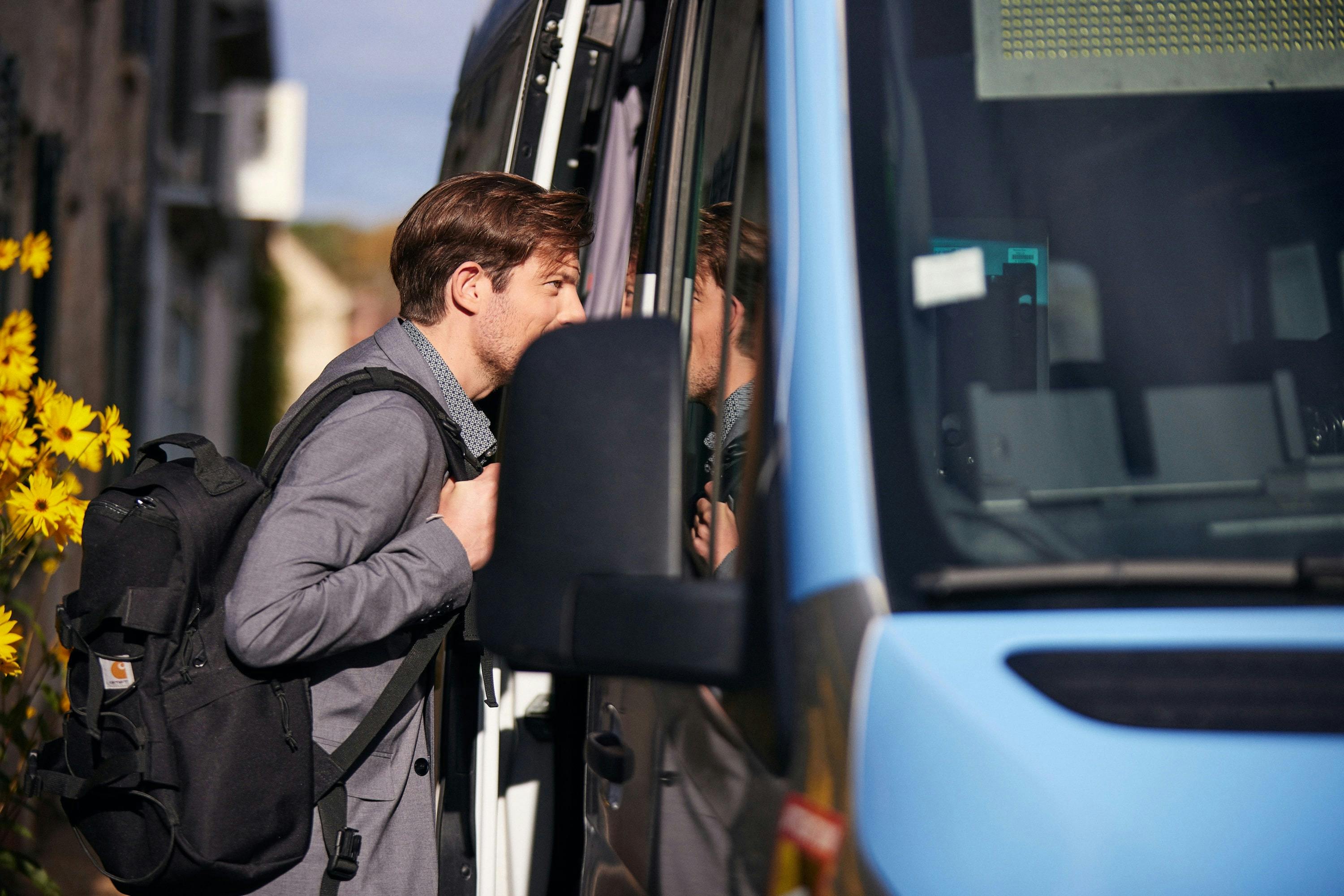
Regional Express Coaches connecting hubs in the Paris region
Regional Express Coaches are:
- 45 new routes and nine existing routes with additional services which will connect the outer suburbs to the Ile-de-France network via major roads.
- Accessible, comfortable and connected coaches
- 30 reserved lanes on motorways saving time and guaranteeing journey times
- 40 new multimodal hubs and 30 renovated hubs, where passengers can park their own car, bike or motorised 2-wheeler before using the network or Regional Express Coach
- A limited number of stops and direct routes between two points
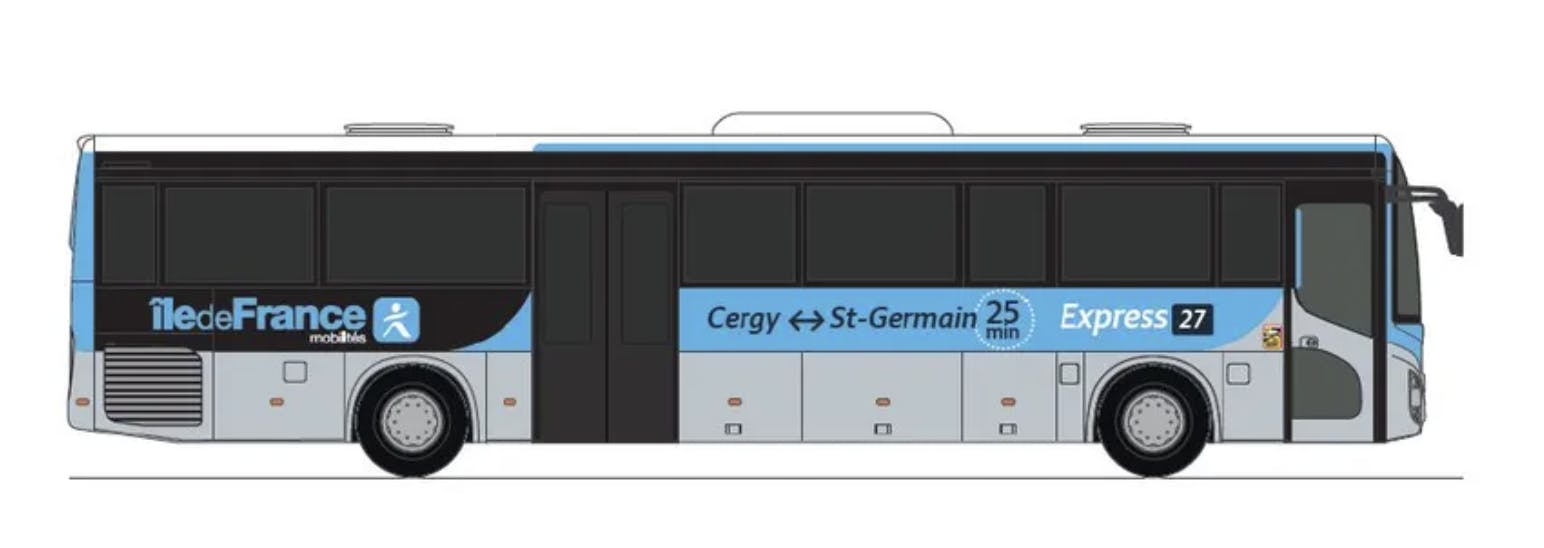
Carpooling, a single booking platform and predefined routes
In 2024, carpooling will continue to develop in the Paris region for everyday journeys - particularly trips to get to the public transport network.
Soon, Paris region residents will be able to travel even more simply thanks to the launch of a single reservation platform, and the introduction of 12 predefined and bookable itineraries.

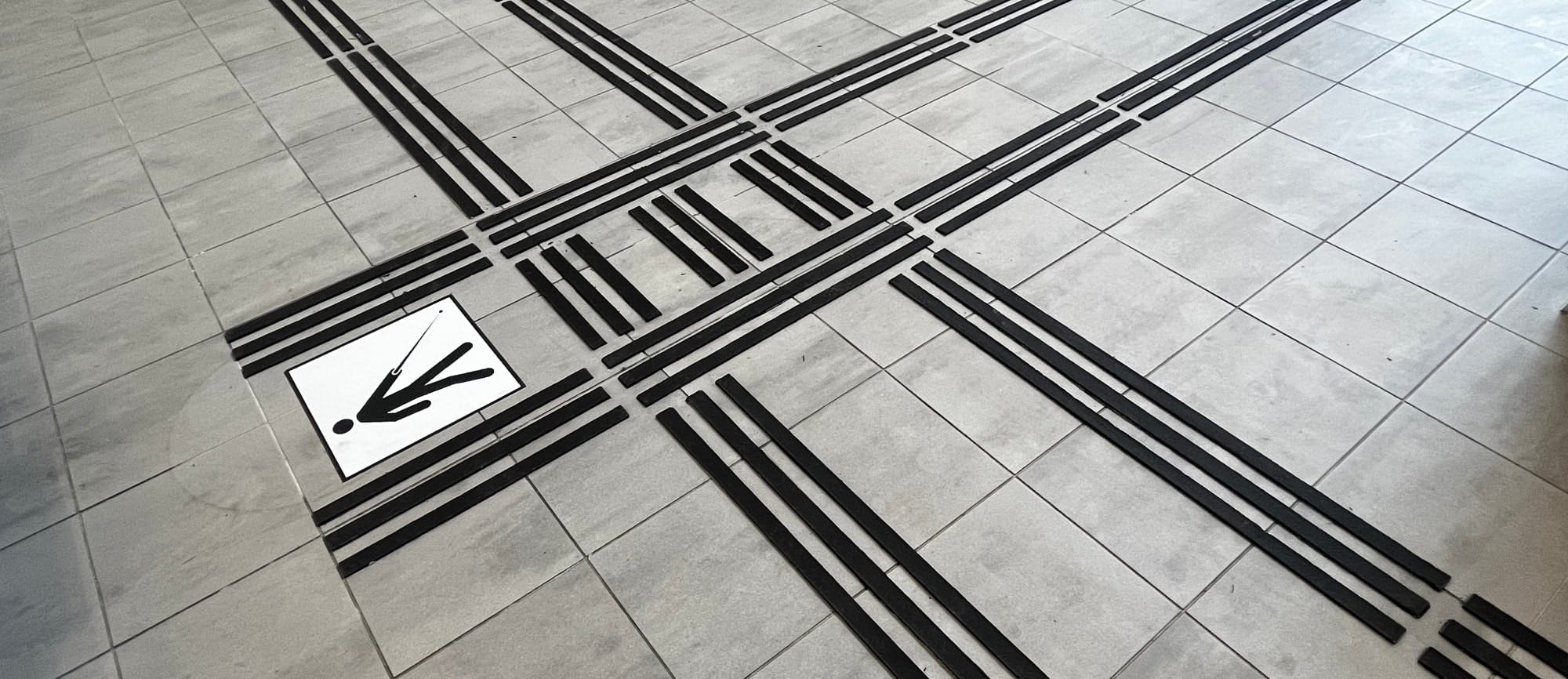
Transport that is accessible to all
Accessibility is an important topic for Île-de-France Mobilités, working every day for ever more accessible public transport.
Aware of the difficulties that passengers with disabilities, and in particular people in wheelchairs, may face on public transport, Île-de-France Mobilités has worked, since 2005, in partnership with organisations, operators, local authorities and the Paris Region to improve the level of comfort for people with disabilities on the network.
The requirements of Île-de-France Mobilités in favour of accessibility
Making public transport ever more accessible for all passengers is one of the main objectives for Île-de-France Mobilités. It is committed to an ambitious policy of transforming its network.
Integrated into the design of rolling stock
Since 2005, accessibility has been integrated from the design phase of future vehicles, extensions and new lines. Accessibility of transport is taken into account before, during and after the passenger’s journey, by local authorities, transport operators and on a wide geographical scale.
For all types of disabilities
This work concerns people in wheelchairs, but also those suffering from less obvious disabilities be it visual, cognitive, hearing impaired or many others. We can all find ourselves in a situation that causes us difficulties. This could be temporary because of pregnancy, injury or simply because we have heavy suitcases. It may be permanent due to an accident or old age.
The complex case of the existing Paris metro
The Paris metro is one of the oldest in the world. Its historical roots from over a century ago make it original, but also make it complex in terms of its accessibility.
Although existing metro lines are mostly accessible to people with intellectual, visual and hearing disabilities, they are not fully accessible to people with reduced mobility and wheelchair users.
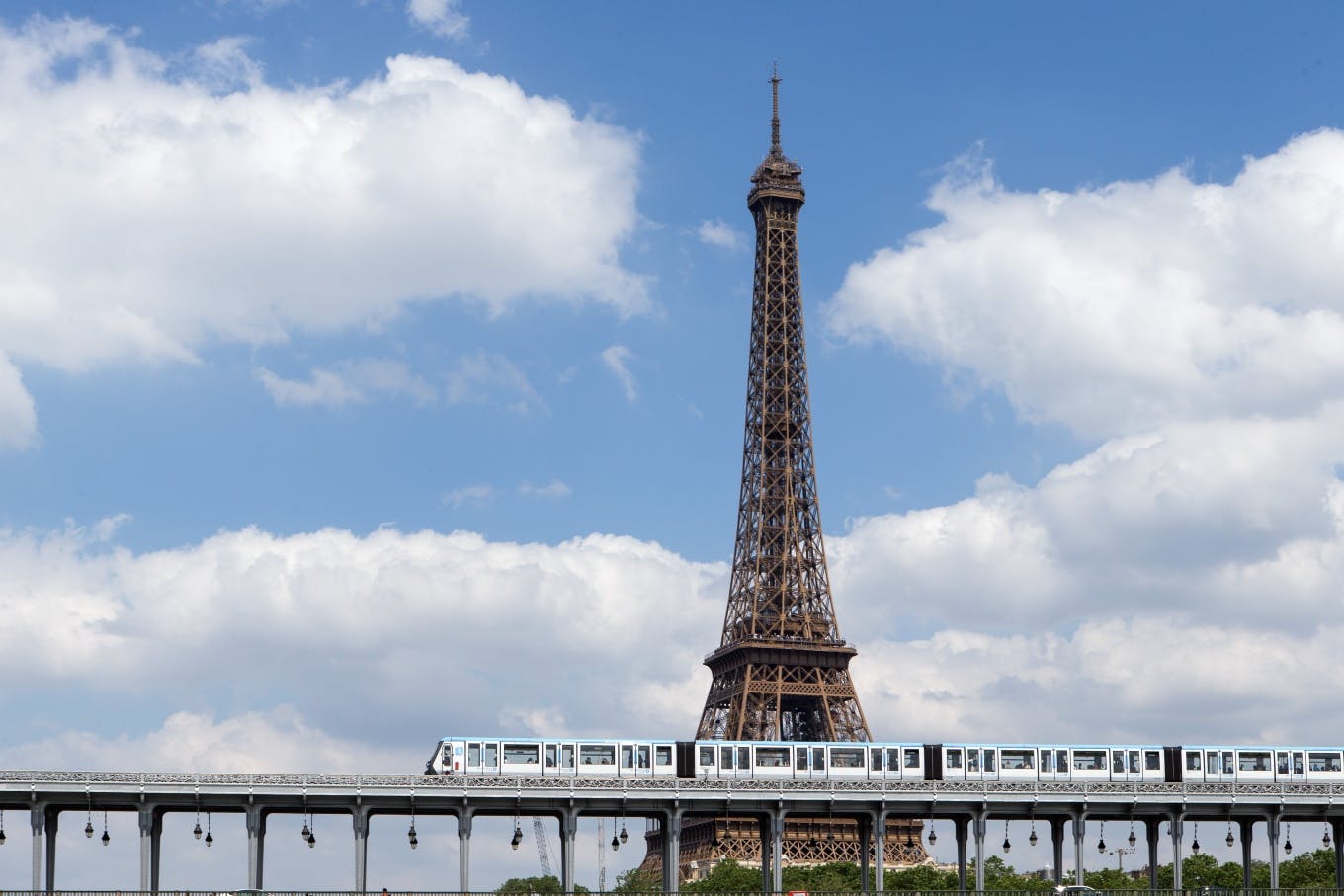
Pam, transport on demand for those with disabilities
This public on-demand transport service aims to make travel easier for people with motor, visual or cognitive disabilities, those with autism disorders and the elderly.
The Pam service provides transport between two locations on public roads. The driver picks up, looks after, and drops off the passenger at any public location.
The service is available every day of the week all year round, from 6 a.m. to midnight on weekdays and from 6 a.m. to 12:30 a.m. on Fridays and Saturdays.
